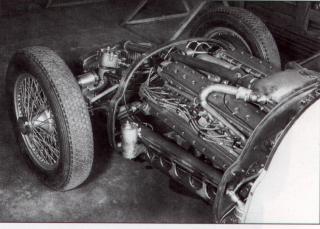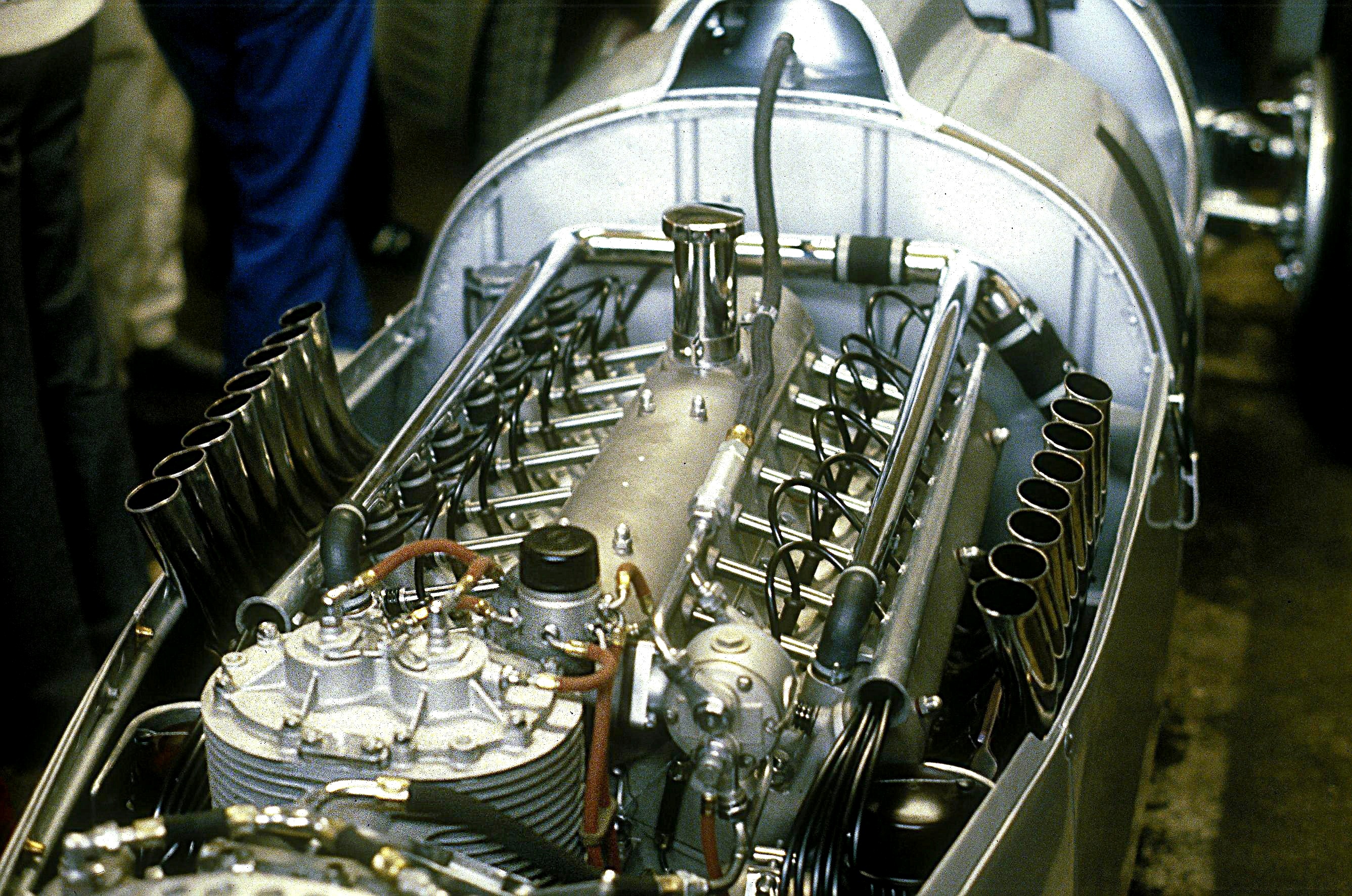xpensive wrote:You're a hopelessly un-reformable personality man, at least I'm trying, see?

The concept of the BRM -outfit in Bourne coming up with a contraption like the 1.5 kompressor V16 without outside help is completely unfathomable, why I belive in the legend of the drawings taken as a war-whatever after their sorry army finally managed to cross the Rhein.
But that's me, WB.

An outfit that build a racing engine with 16 cylinders with each less than 100 ccm capacity must be strange to start with. I don't see the reason in it.
Remember the incredible Honda CBX1000?


That motorcycle engine had 175 ccm per cylinder. The BRM had 94.
We are all more familiar with V8s but translated into that world the engine would have been a 750 ccm or 0,75L V8. Unbelievable complexity for no apparent reason.
The BRM's
story was one of design by commission, which never worked very well.
Raymond Mays and Peter Berthon made paper plans during World War II, visualising a project in the grand manner of the German state aided and abetted teams of the late 1930s. They sought support from British industry, looking for contributions in cash or kind. In 1946 more than a hundred companies backed the project and it began to be seen as the British national Grand Prix car. Inevitably, committees were set up. Late in 1947 there was an 11-member main committee, a production committee, a finance and planning committee, and a publicity committee. But work had to start in a derelict barn, and Berthon's staff for a complex project comprised four designers and three draughtsmen.
The Auto Union
V16 engines

were related in design to the Fritz Fiedler designed 3L V8 engines of the Horch 830 car.

Horch made V8 and V12 engines which had been inspired by American design. But quite different to BRM the design was based on a 45° cylinder bank angle.
BRM selected 35°!!
The 1,5 and 3 L Autounion racing engines had only 12 cylinders and were also sporting a 60° cylinder bank angle. So I'm afraid this blue print theft story is really not based on fact but myth.







